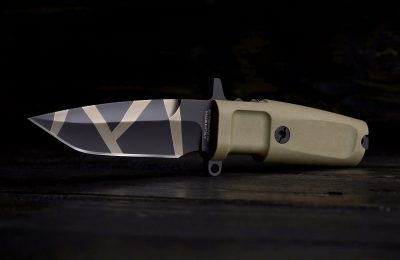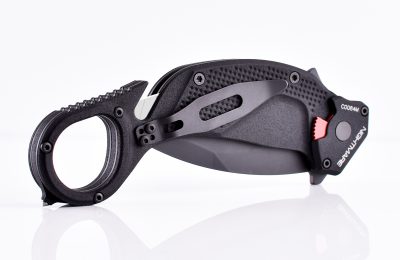


Over the centuries the metre gradually changed from being based on length of syllables to being based on word accent or syllable count. The Latin trochaic septenarius is imitated from the Greek trochaic tetrameter catalectic, which is used occasionally in Ancient Greek tragedies and comedies (see Prosody (Greek)). The earlier and later form of the metre, however, was as follows, in which the 2nd, 6th, and 10th element had to be short: Here – stands for a long element, x for an anceps (which could be long or short), and u for a short element. The basic pattern of the line was as follows: Any element except the last two could be resolved, i.e. This consists of a line of fifteen elements, usually divided into two hemistichs of 8 and 7 elements. The term septenarius is mostly used for the form of the metre which is used in Roman drama, especially the comedies of Plautus and Terence. It has a long history dating back to the 7th century BC.

Together with the iambic senarius, it is one of the two most commonly used metres of Latin comedy. It is used in drama and less often in poetry. In ancient Greek and Latin literature, the trochaic septenarius or trochaic tetrameter catalectic is one of two major forms of poetic metre based on the trochee as its dominant rhythmic unit, the other being much rarer trochaic octonarius.


 0 kommentar(er)
0 kommentar(er)
